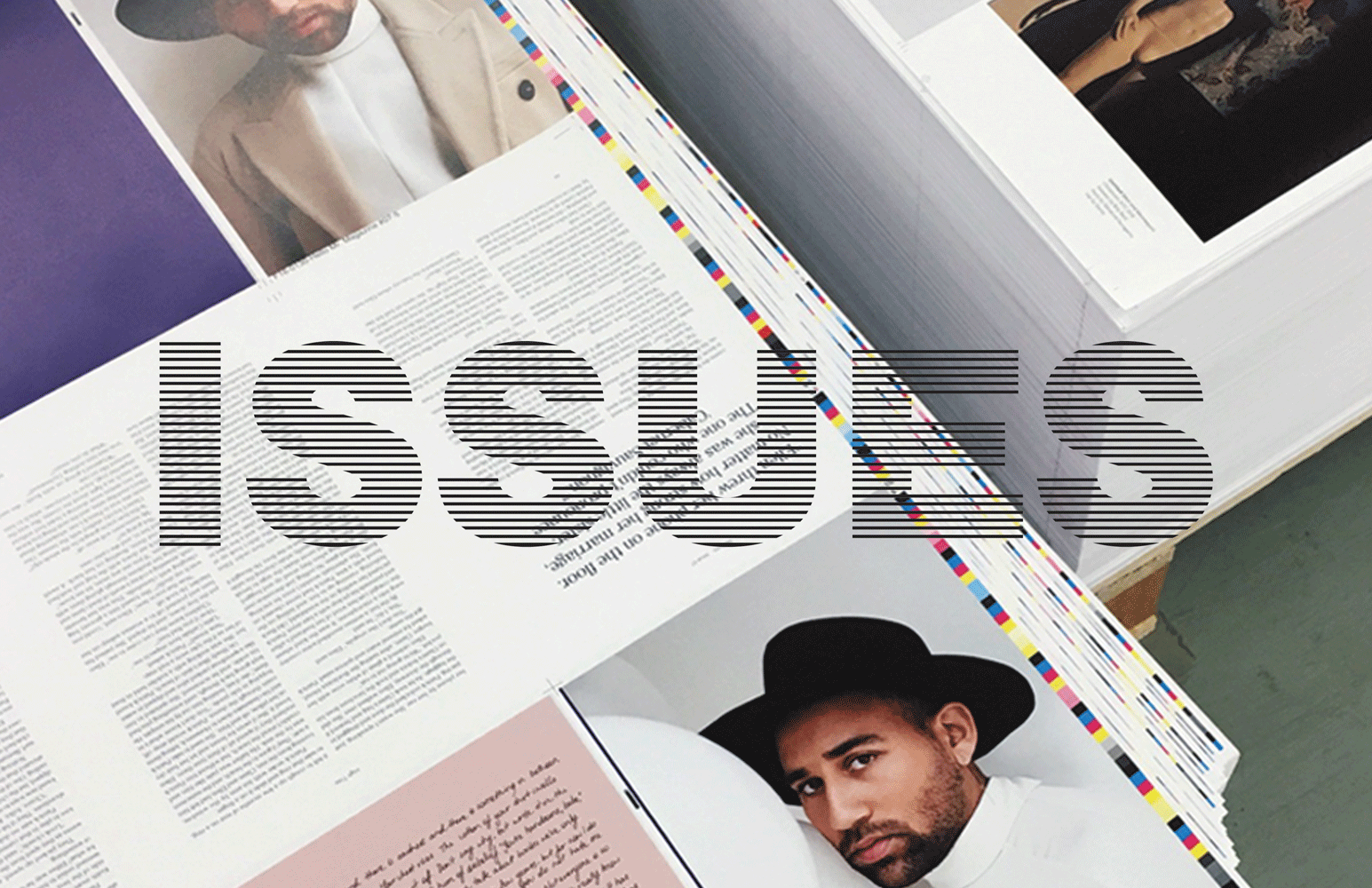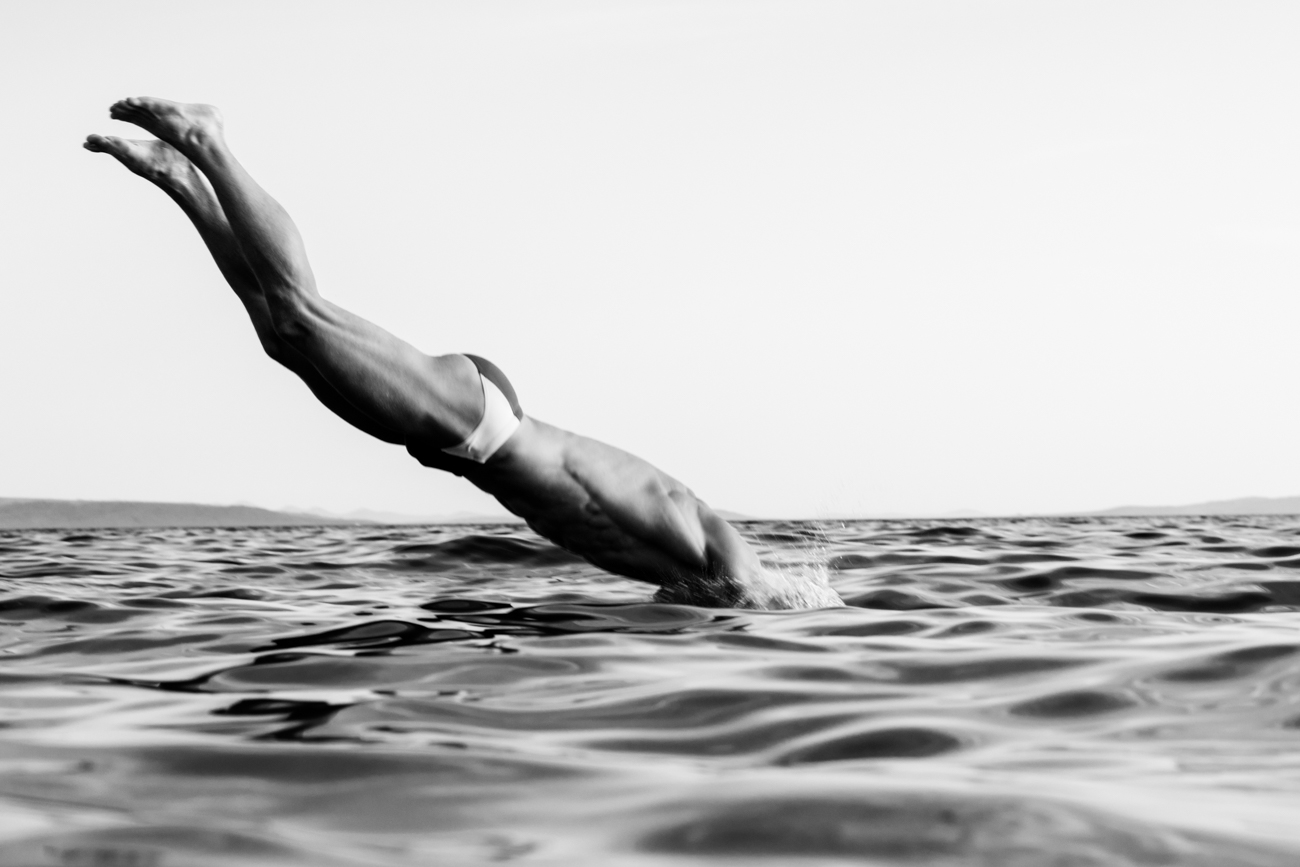
Don’t Ask Don’t Tell
In the Golden Age Of Denial as the colleagues at advocate.com call it, the army was everything but supporting the Don’t Ask Don’t Tell rule. When you look at the military art used for recruitment and advertising, you can clearly see that soldiers kissed and told and gossiped over afternoon tea back then.
Sweaty, shirtless men in intimate situations with other sweaty muscular men were rendered to attract impressionable men of age to enlist. Shoving rockets in holes, taking showers together in the river and some intricate roleplay are the activities military employees participated in. To justify the heterosexuality of the ads and campaigns, there is always a woman somewhere in the corner, who however is rather the soldier’s fag hag than the girl who’s gonna give birth to their children.
So why do they look so homoerotic to the modern eye? Probably for the same reason we find it homoerotic and somewhat arousing when homophobic Turkish guys kiss and hug in the streets of Kreuzberg.
Christopher Harrity of The Advocate has collected images from different campaigns, magazines and illustrators to visualize his theory of the extremely erotic image of the army in the US in the early 30s, 40s and 50s.
J.C. Leyendecker (1874-1951), a prolific American illustrator was the creator of the Arrow Collar Man, and like the later illustrator Norman Rockwell, Leyendecker is almost exclusively associated with one publication: The Saturday Evening Post. Leyendecker produced over 400 magazine covers, 322 for the Post alone. Between the Post, his work for U.S. military campaign posters and promotions, and his art for men’s fashion companies — most notably the Arrow Shirt Collar Co. — Leyendecker created a gold mine of male beauty. His lucrative commissions financed a hedonistic Roaring Twenties lifestyle with his lover and favorite model, Charles Beach.
McClelland Barclay (1891–1942) was an American painter of pinup art. Born in St. Louis in 1891, Barclay studied first at the Art Institute of Chicago, then later at the Art Students League in New York City, under George Bridgman and Thomas Fogarty. By the time he was 21, Barclay’s work had been published in The Saturday Evening Post, Ladies’ Home Journal, and Cosmopolitan.
During the 1920s and 1930s, McClelland Barclay’s images were selected for use by art directors for the nation’s most popular periodicals including Collier’s, Country Gentleman, Redbook, Pictorial Review, Coronet, Country Life, The Saturday Evening Post, The Ladies’ Home Journal, Cosmopolitan, and a host of movie magazines. He began painting movie poster art for Hollywood studios during the 1930s as well and was considered a superstar in the film industry.

















2 Comments
I don’t care that Leyendecker was gay, or that Parrish was gay or anyone else. It is just a footnote to their lives, one of those notices that people of all types can achieve amazing things. Most of my favorite musicians are African-American, most of my favorite poets Jewish. I don’t elevate or denigrate either of those groups as a result. We’re all individuals. I love excellence and beauty and I don’t care where it comes from. That is my ‘minority’, the people who do something with conviction and passion. If they’re Gay, or African-American or Jewish they’re still the people that I relate to.
Well, obviously, Hormunculous, you didn’t get the point of the whole issue. And I think that those look homoerotic because they were painted with a queer eye and the surveillance eye was quite candid as well